In the first few stages of drawing instruction, observation is refined in an aspiring artist. They place stillness in the centre of their creativity and let it flow around the representations of it. From the fruit basket to the glass of wine patronized with tranquility, still life is a genre in art that remains in its subconscious while it conquers different forms of expression in moving subjects. Before the subject begins to move and the artist is made to fix themselves in one position, it is the object that remains still, letting the artist shed all the restlessness that comes attached to the intricacies of art.
Still life is the process of an individual learning to breathe as an artist, as they meditate into perspectives and look for the unfound. Let us trace how contemporary still life artists took up this meditation as their only passion.
Breathe in shades of paint
The vivid shades applied by artist Duane Keiser have challenged the notions of still life constantly. With the movement of light and shadows, it is often difficult to tell his paintings from the manner in which our eyes accept visuals.
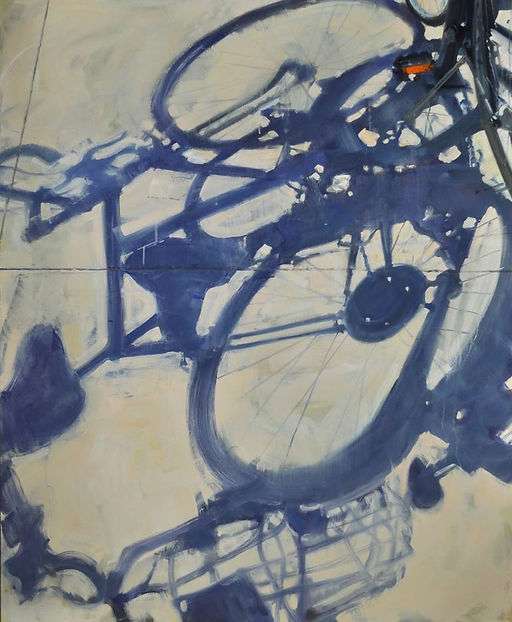
While his work would seem quite direct and explanatory, he presents the symbols in it with the experiences of the process devoted to creating it. By providing still life an elegant status, he takes part in the discourses of art, siding with the present and the happening. He gives residence to himself in the same space as his subject, and reveals the significance of the artist as a part of artistic creation.
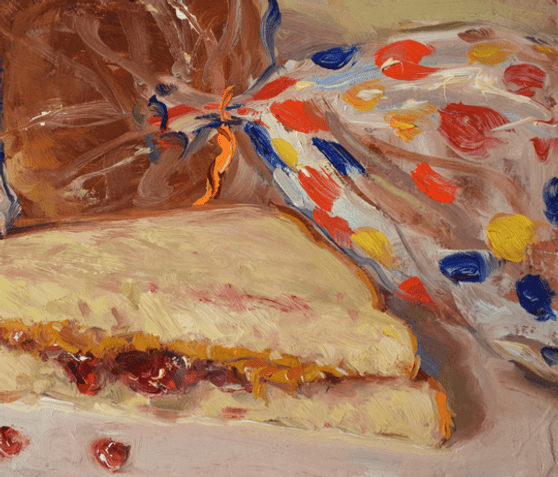
Keiser’s works are entities that remain mortal on postcards, screens and canvases that impact constant motion in the world of art, as they sit and make their own observations on life. Eventually, they teach their observations to their spectators.
Breathe out petals of bloom
Jan Ironside’s attention to popular species of flowers are carved with palette knives that provide a common subject matter with multiple dimensions. She paints vases with flowers or just flowers of all kinds, but she never lets a vase go empty. She fills it with a blooming spirit and a fragrance of passionate depictions.
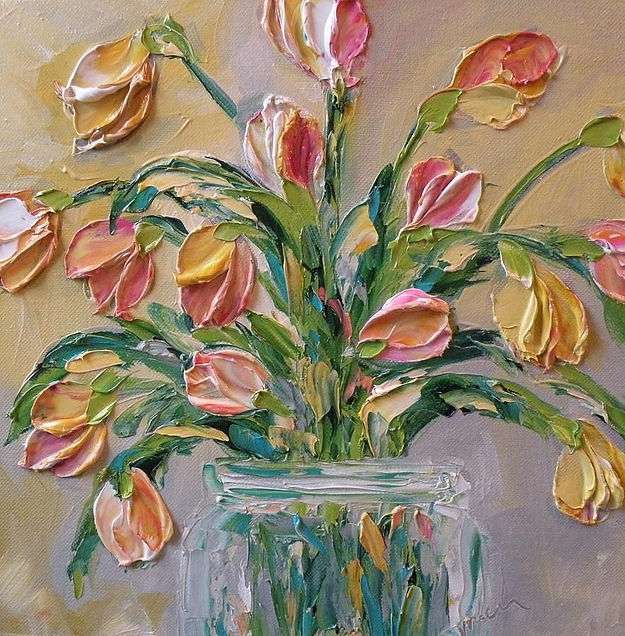
The paint on her canvas stands out to warmly embrace the response of those who notice it and gives them clues towards more details. Her work is a pleasing mystery that draws the curiosity of many while speaking to a few.
Her personalised impasto, or the technique of laying paint thickly to make it stand out of the surface, feeds on miniscule revelations of how closely she interacts with flowers, with no past or future between the engagement. Bringing forth the portrayal of petals, flowers and the vases that carry them, Ironside builds the sentiment of shattering artistic hierarchy by travelling from one level to another.
Breathe in fluidity

A loose, flowing wet-and-wet style races with the concept of stillness in Christine Lafuente’s paintings. Each stroke by her is a guess, beginning the trail of development into a full-grown figure that stays in silence. Her love of nature is exhibited in her diverse choices of position – from a table to a beach. The arrangements follow the signs of her position as an avid spectator and lead to the creation of dreamy, pigmented images.
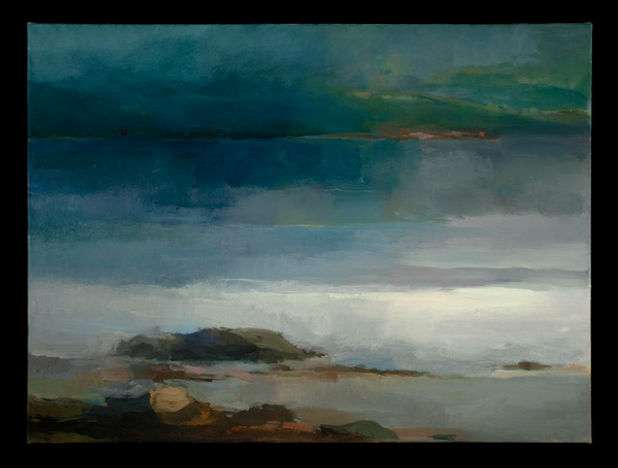
Paintings by Lafuente contain a strong familiarity to long lost memory and often envelope the sight of resurrecting time and space in colour. Painting still life is not only a profession for her, but an extension in the process of empowering the finite and the infinite parts of life.
With a background of European inspiration and a tint of her American roots, Lafuente’s works are an amalgamation of her exploration of the world and more importantly, how she perceives it. She furthers her exploration with the lessons she has learnt and imparted in being visually expressive and artistically unbreakable.
Breathe out a beautiful imperfection
A dispensary to the senses, artist Lutz Baar incorporates a twist and turn in bringing still life to his audience in a variety of shapes – a focus that is unmatchable through any alternate symmetry. Although “Still Life Paintings” is only one of his various themed collections, its essence is present across his practice. Everything in his space exists in symbol-rich shapes.
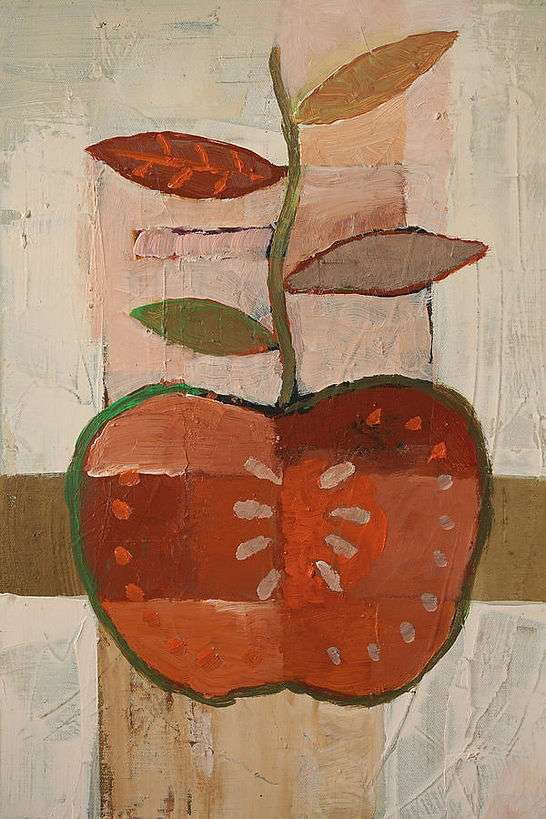
Baar resolves the expectations of his spectators by experimenting with the existing notion of still objects against chaotic backgrounds and giving them priority. He takes up the role of things that are either unnoticed or unacknowledged and gives them wings to borrow.
While your mind still wanders around the hidden messages in Baar’s paintings, here are some fascinating details behind a few famous artworks!
Relax beside the pinhole box
By transforming paintings into digital species, Ralph Goings, one of the members of the original group of Photorealist painters, mastered still life in astounding ways. A veteran in the game, Goings brought out a foreign substance to define still life and utilised his will to reverse the digital blunders of his time.

His brush suggested an attraction towards diners and automobiles, often mentioned clearly beside “still life” and his amusing acknowledgement of the spaces that were a possible part of his routine.
Goings particularly emphasised on the middle class imagery of California, thus giving way to a faster interaction between his visualisations and the American common man. He reflected upon the psychological, social and cultural context of America as well as painting as a fine art, with the onset of digital images.
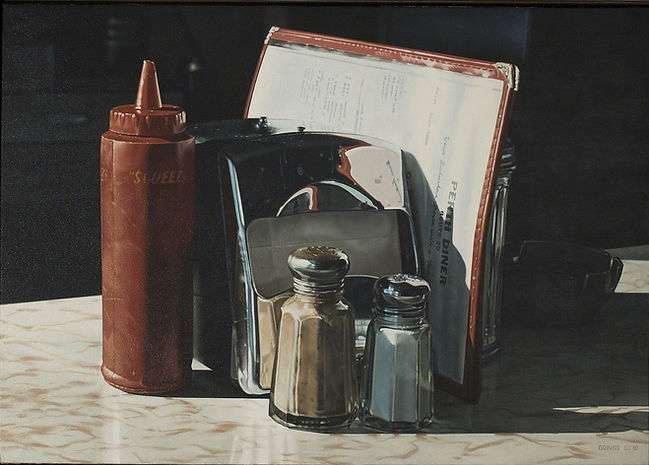
While the genre of “still life” draws its inspiration from objects that do not move or are dead, it takes the responsibility of resurrecting their presence in materials. After history painting and landscapes, the world of fine arts ranked still life in the bottom of painting’s hierarchy, due to the absence of human subject matter. However, it gained momentum across the span of time and proved that the present and surrounding is accessible to all, and for all to access.
Congratulations, today’s meditation with art has been completed!




